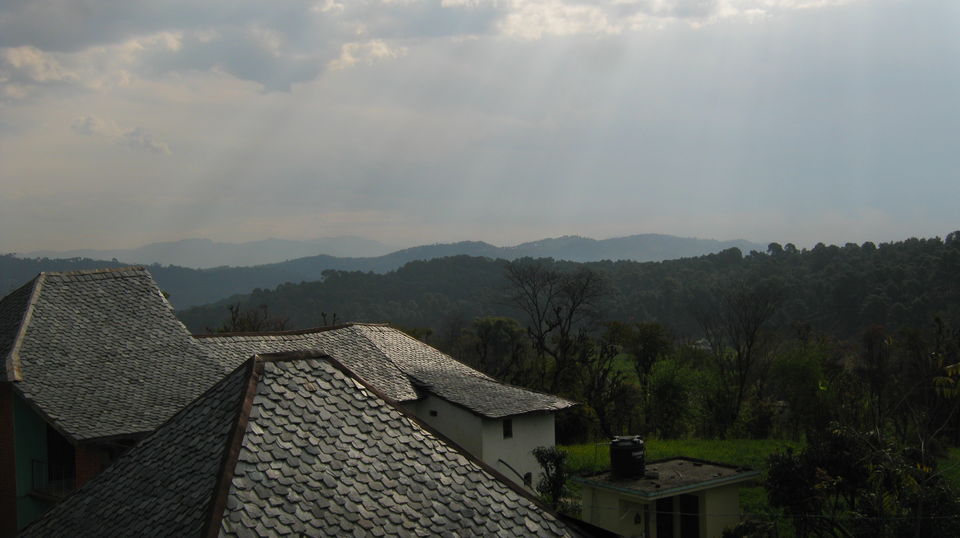
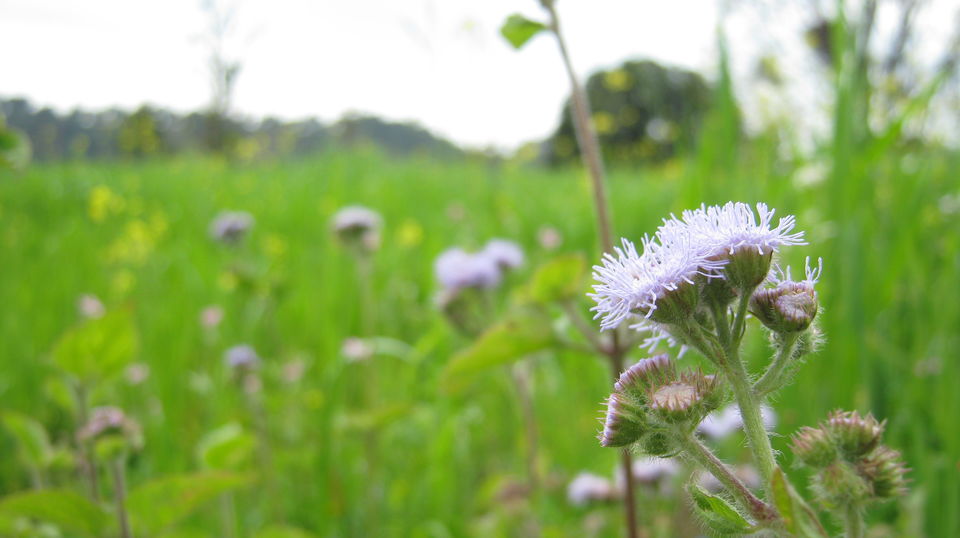
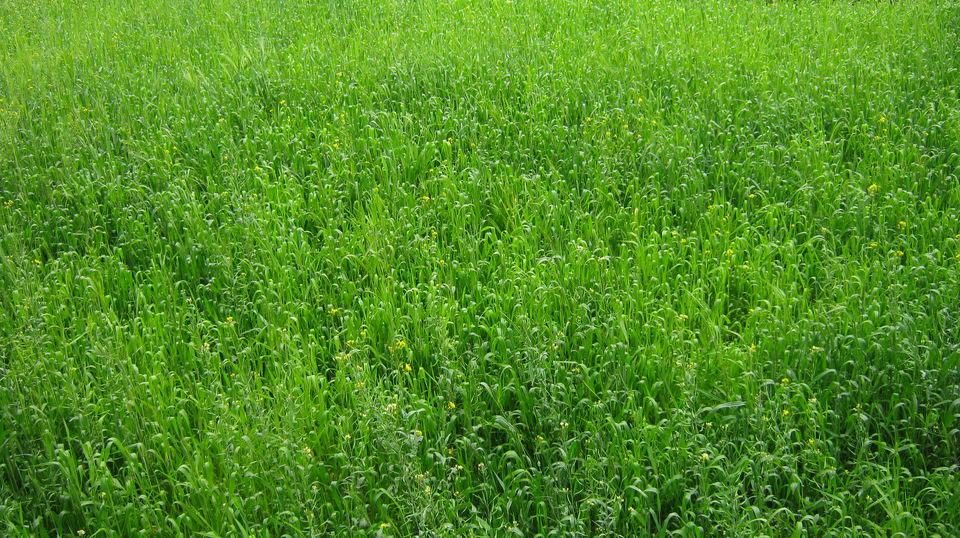
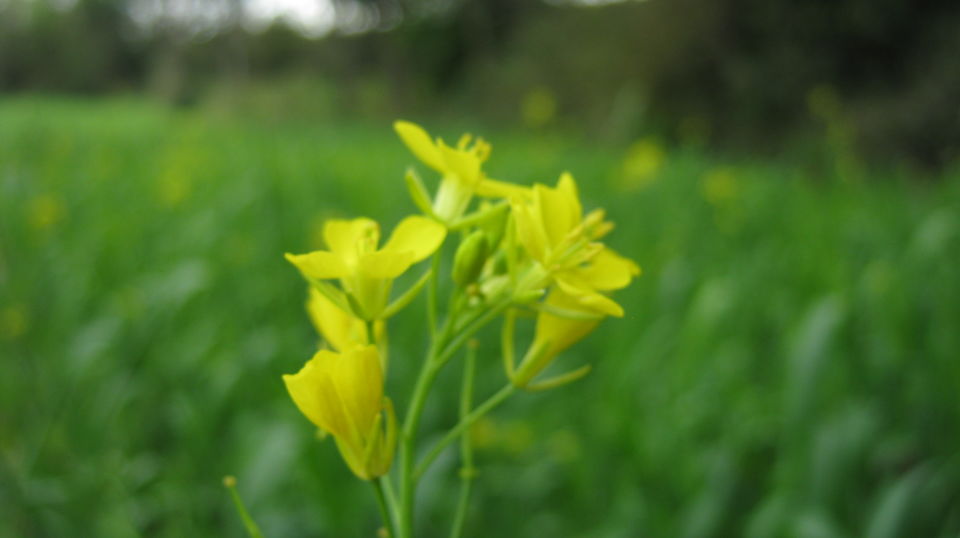
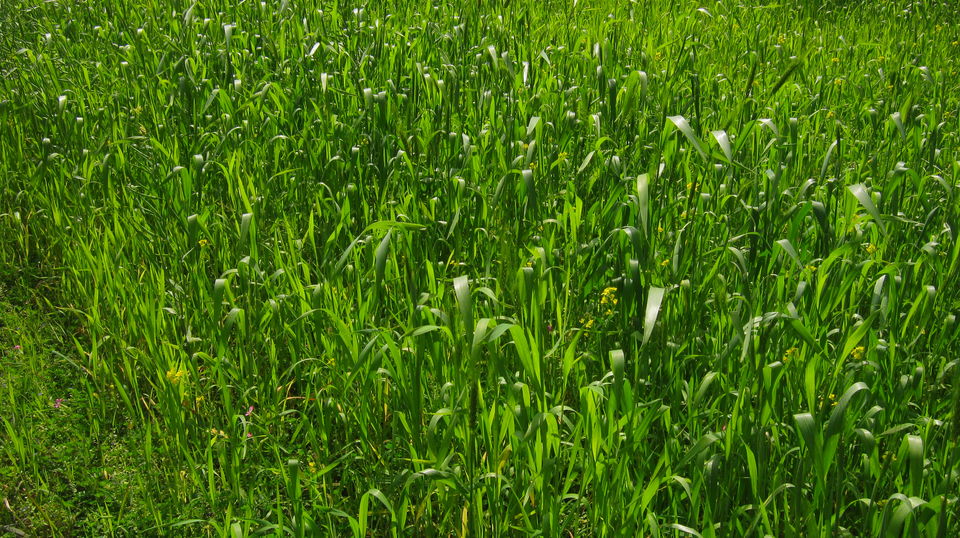
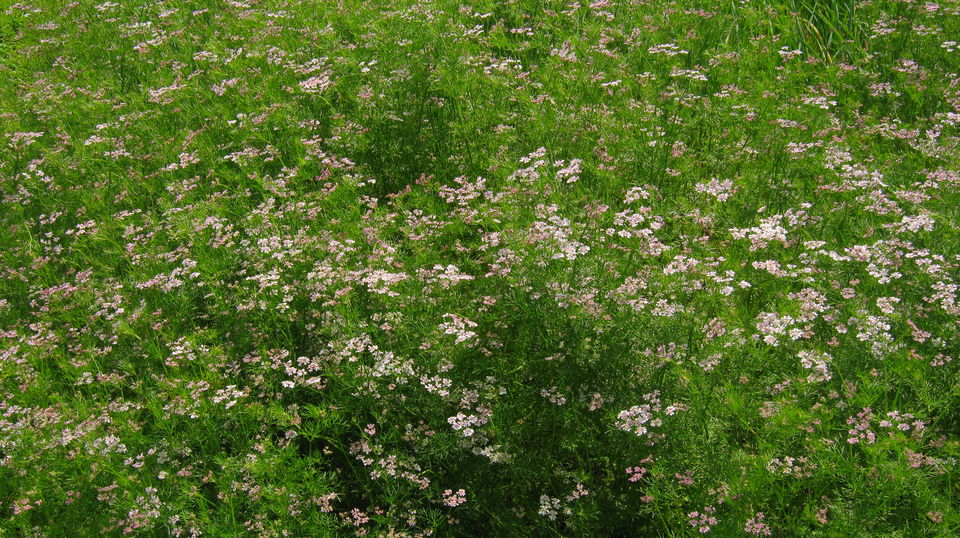
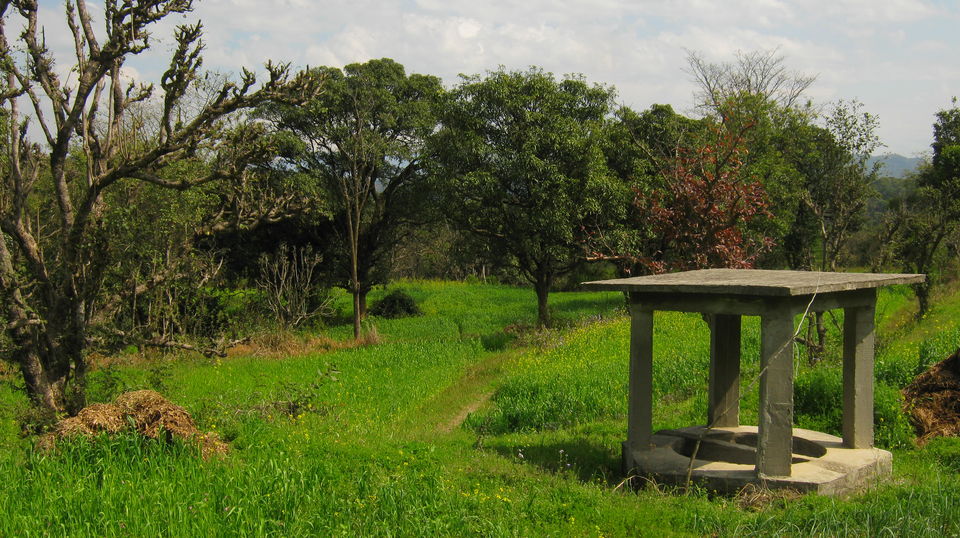
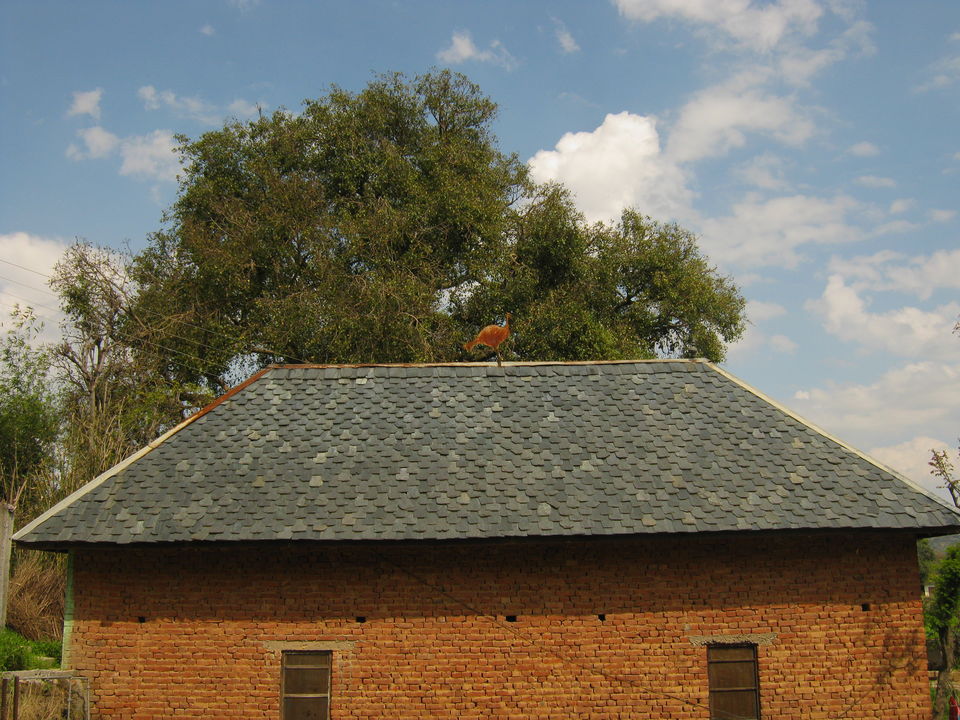
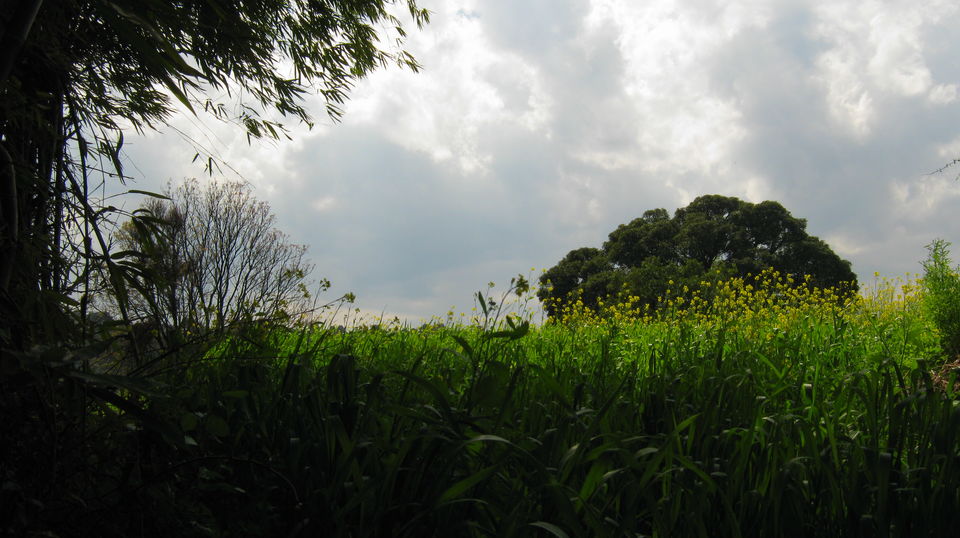
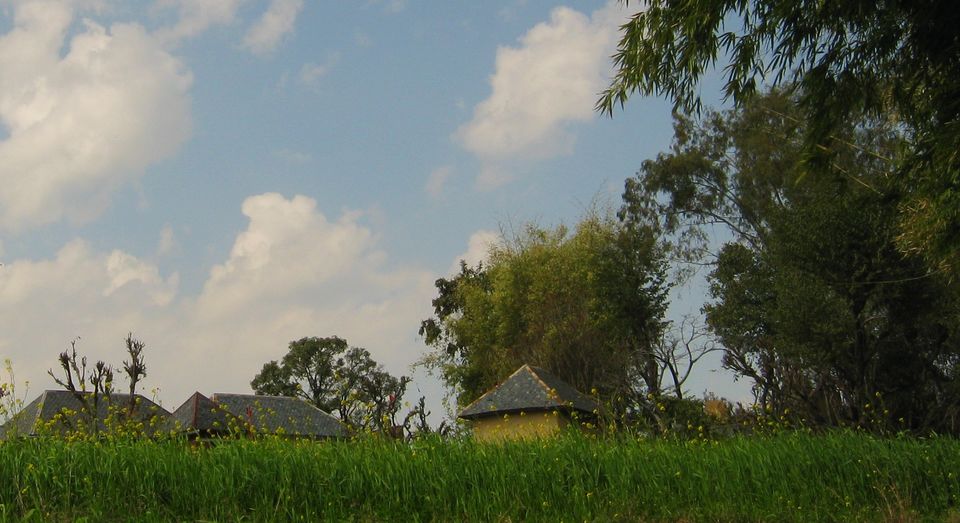
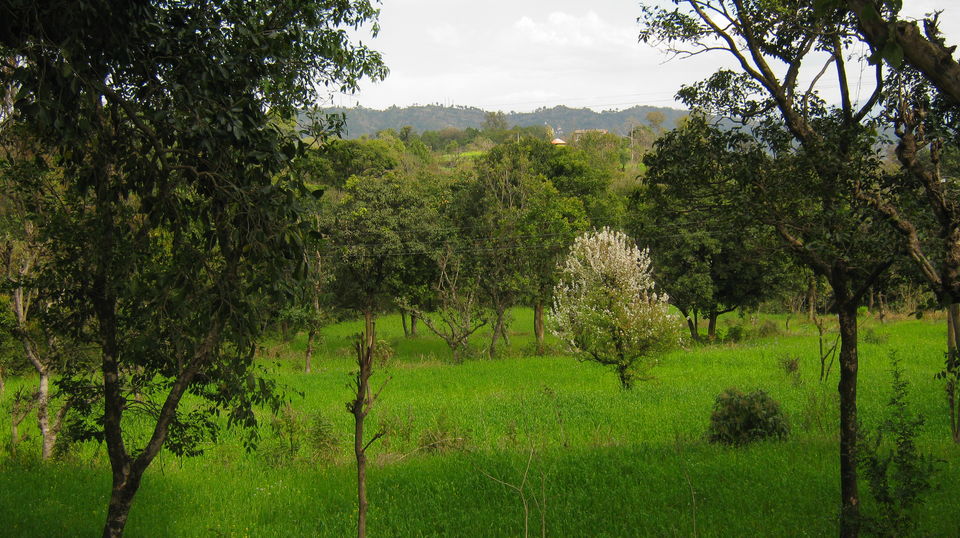
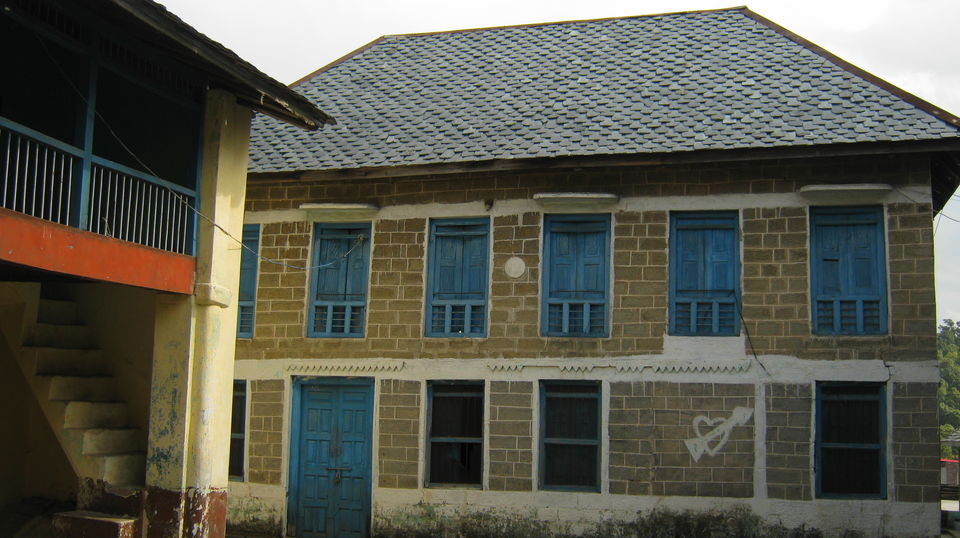
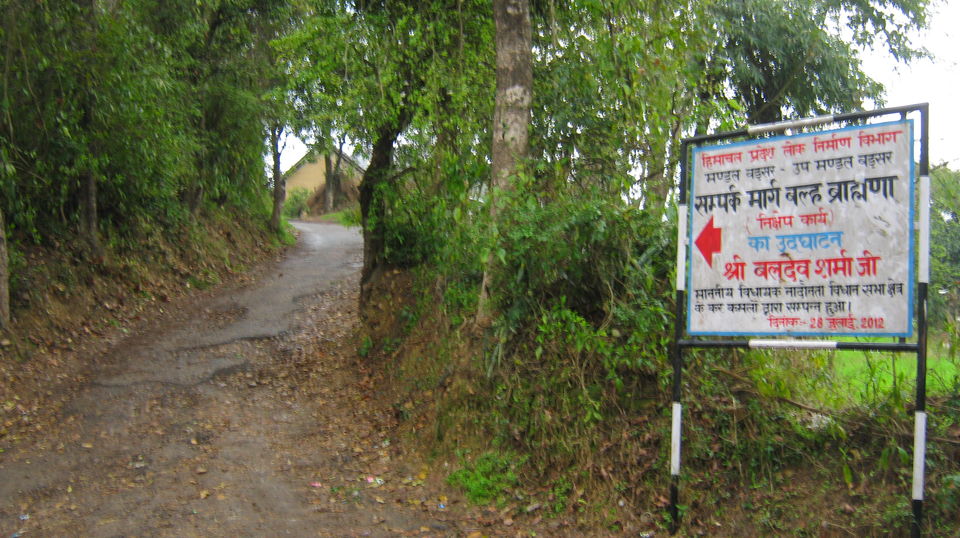
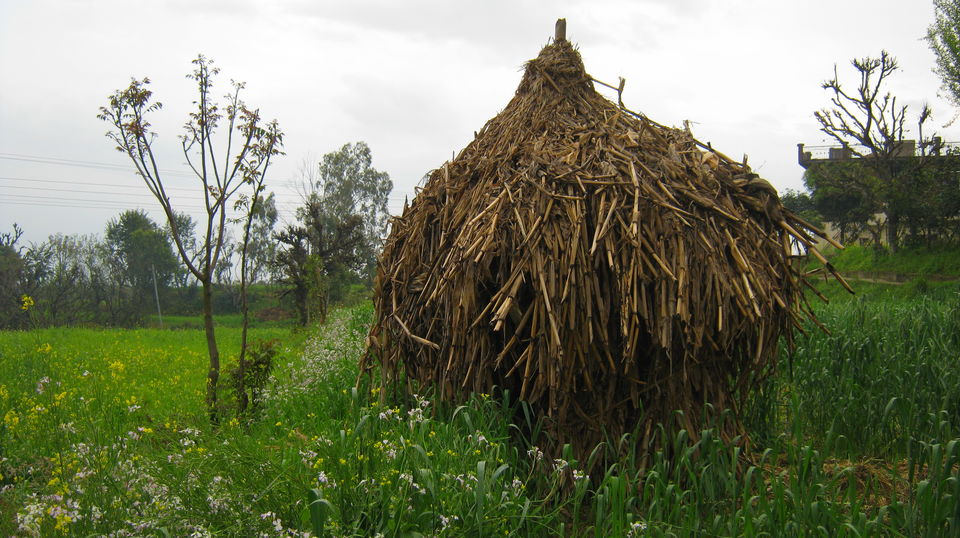
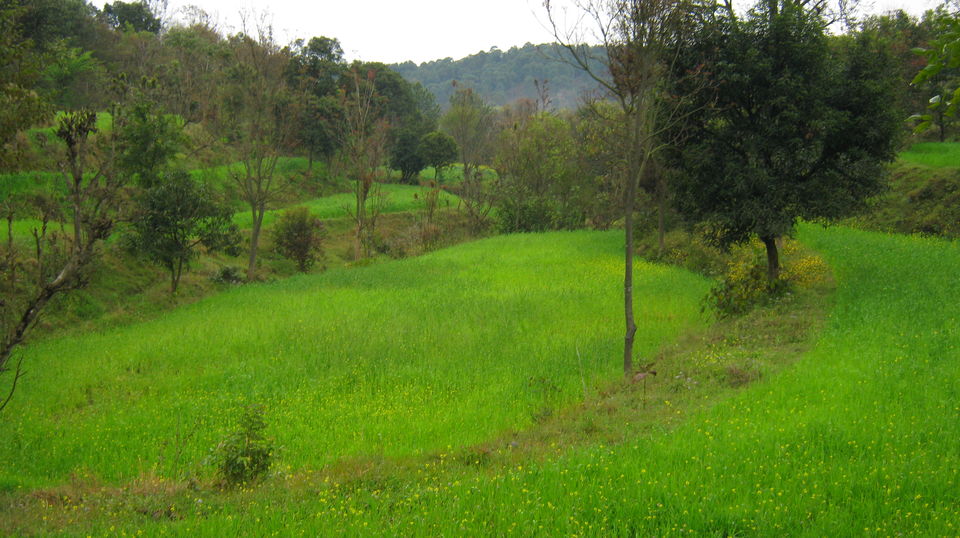
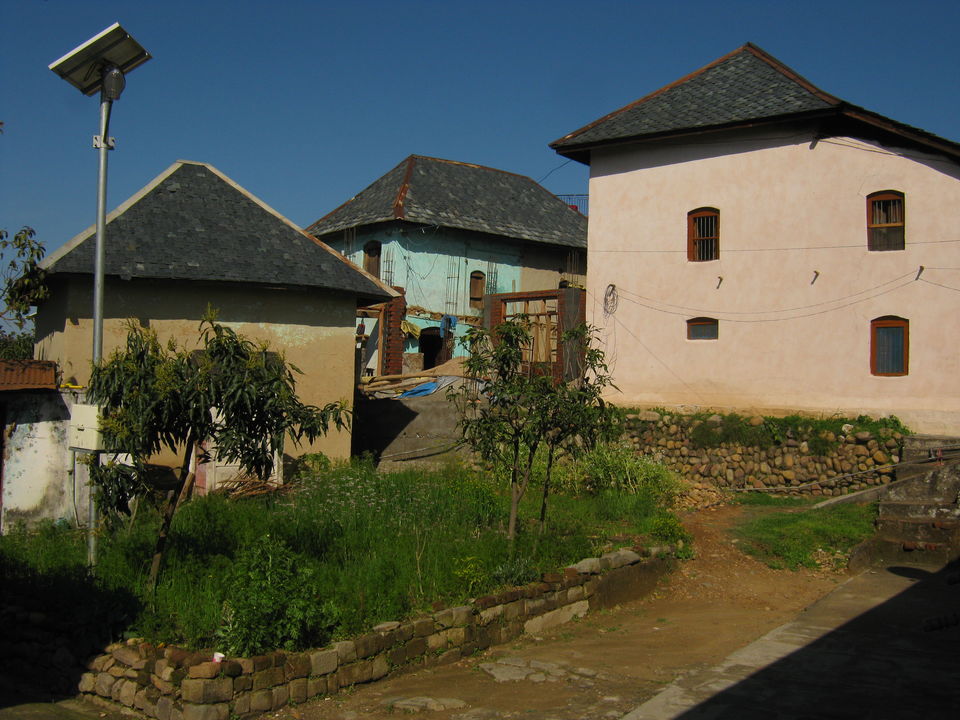
The village of Balh-Brahmin is located in the Hamirpur district of Himachal Pradesh, India. Its nestled in the lower foothills of the Himalaya range, and is truly a hidden gem. For nature and countryside lovers, especially having a taste for the hills, this is an ideal location to visit and unwind. The Pahari villagers, a closely knit community of just a few families, are warm and hospitable. The village folk, though simple in their lifestyle are highly educated. Some here have family members spread all across India, and others have even been to the most unconventional places in the world, say Botswana! Overall, the developmental level here is high, far removed from stereotypical conceptions of typical Indian villages, with continuous access to clean water and electricity. The ecological-environmental sensitivity here is remarkably high, as there is a ban on plastic, stress on proper sanitation practices, and the presence of solar powered lamps. In fact, each family have their own vegetable garden, and keep their kitchen and toilet separate from the main house as dictated by tradition. Hardwork, harmony, sustainability and resourcefulness are the norms here. The architecture reflects the Pahari style found elsewhere in the region. The houses are mostly roofed with slate tiles, which fits into the environmental conditions where heavy rain and hail are common features due to the location's proximity to the snow clad Himalayas. For a Japanese tourist, this countryside landscape can be shockingly familiar. For those coming from the cities, the abundance of fresh, unpolluted air is more than enough to detoxify their cells. Though, well off the beaten track from the sought after destinations in Himachal Pradesh, this village and its surroundings offer a unique, blissful and rejuvenating experience away from the tourist crowd.

